- Location
- Tennessee NEC:2017
- Occupation
- Semi-Retired Electrician
I have an old home I'm working on. The power has been off for over a year and the POCO requires an inspection before they will re-energize. The old fuse panel was in such a mess I talked the new owner into letting me change it out to a breaker panel.
However, a lot of the wiring is still knob & tube and I haven't had to deal much with that stuff and don't know for sure what was ever legal or what the inspector is going to require corrected.
In these pictures you will see open splices, lights with no boxes, and boxes with no connectors. Was any of these scenarios ever legal during the time this wiring method was used?

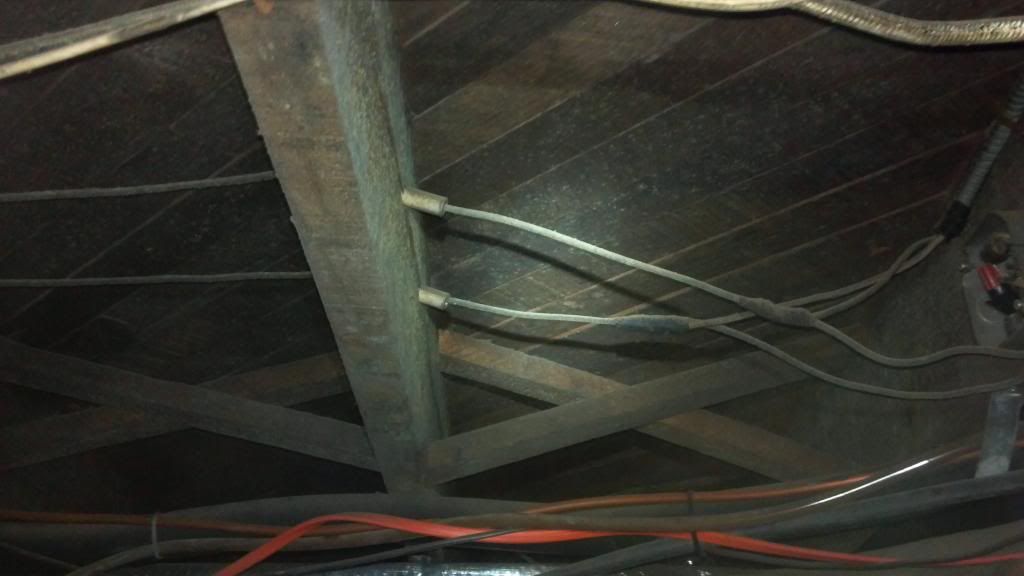
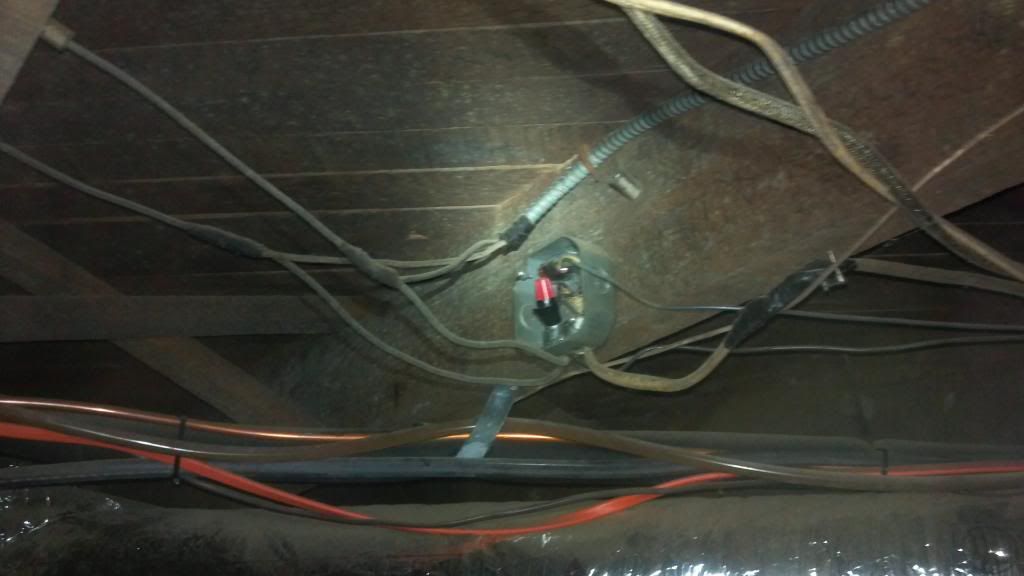
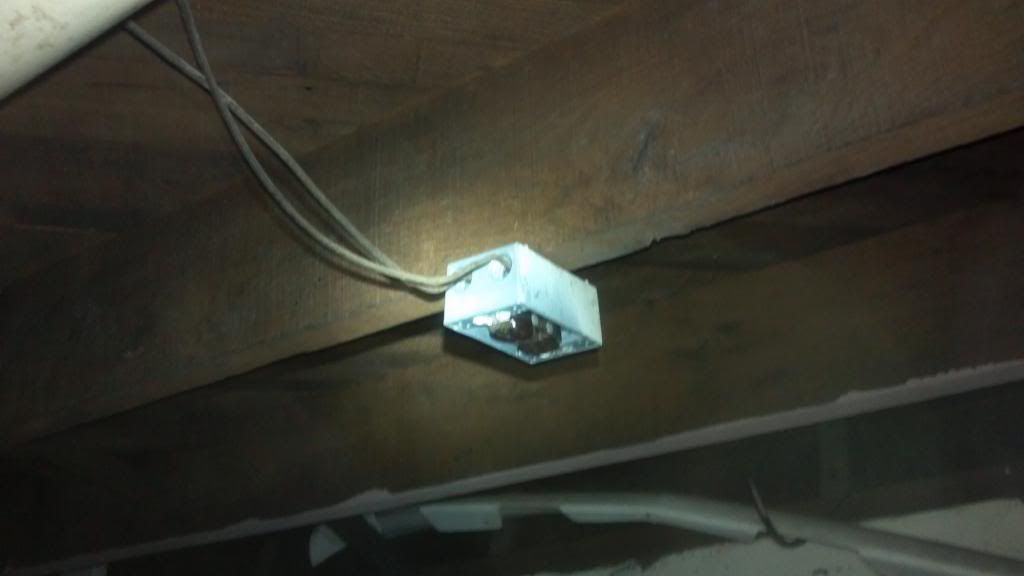
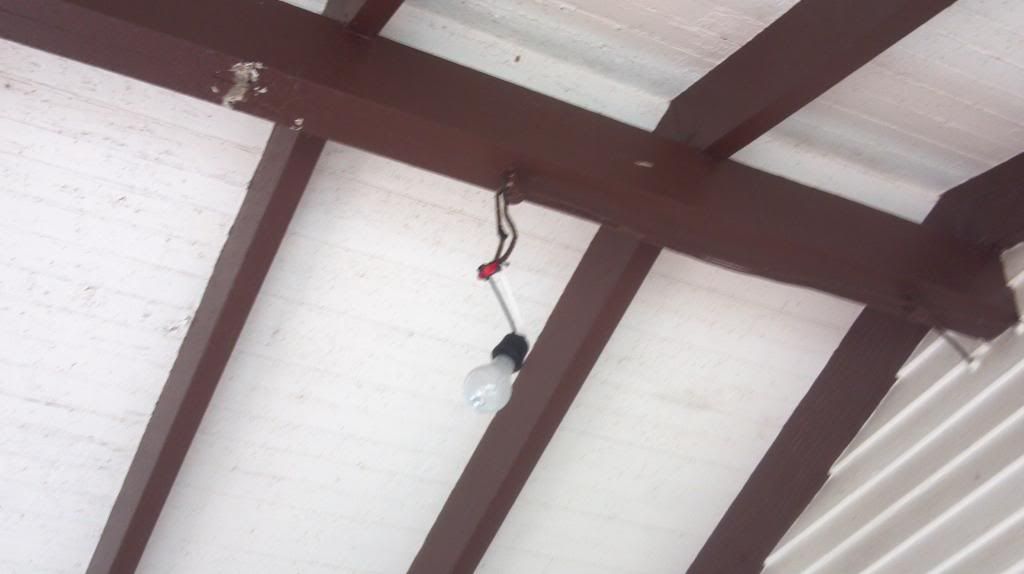
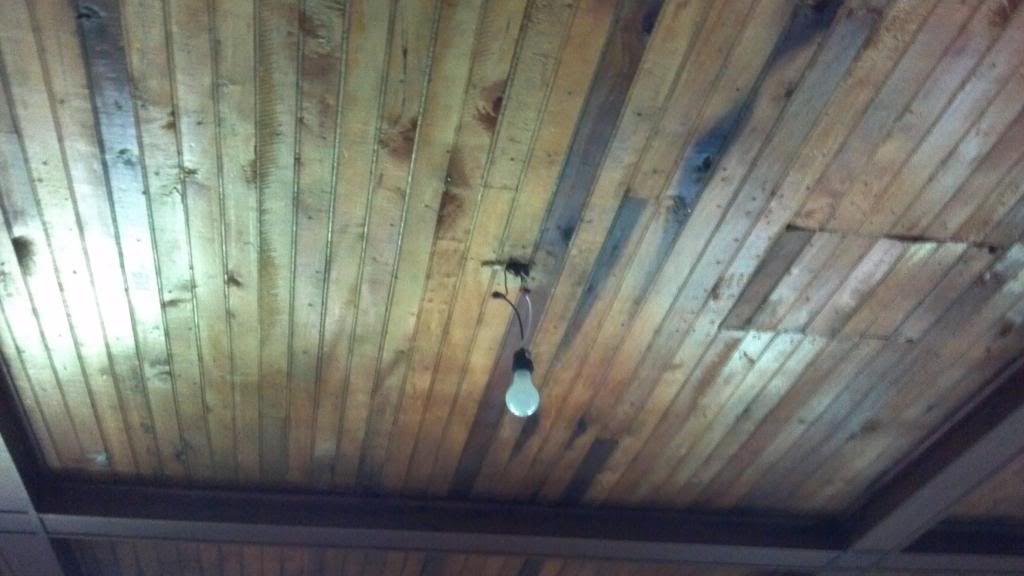
However, a lot of the wiring is still knob & tube and I haven't had to deal much with that stuff and don't know for sure what was ever legal or what the inspector is going to require corrected.
In these pictures you will see open splices, lights with no boxes, and boxes with no connectors. Was any of these scenarios ever legal during the time this wiring method was used?







